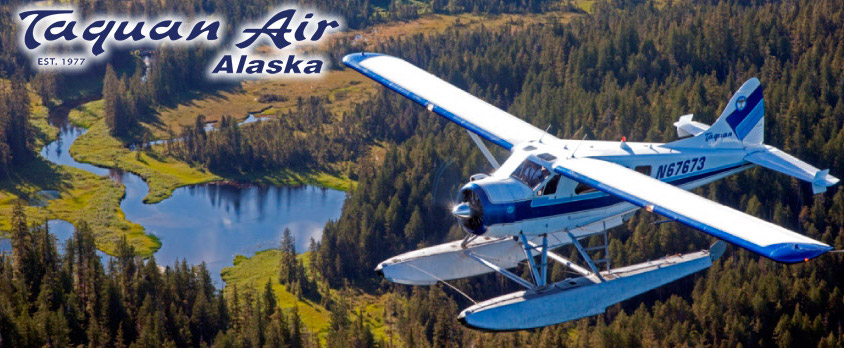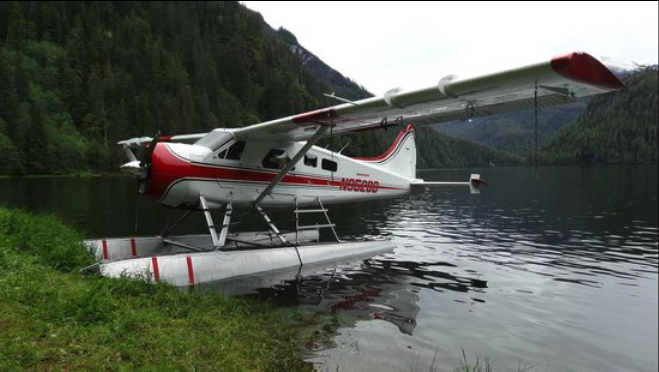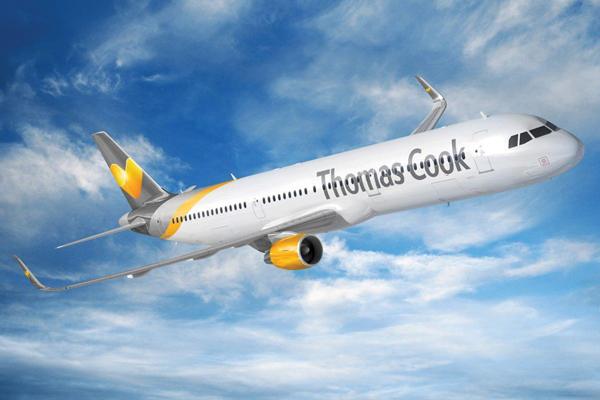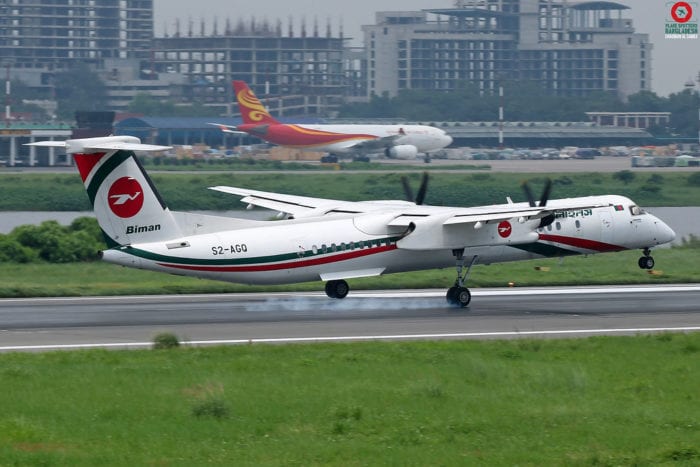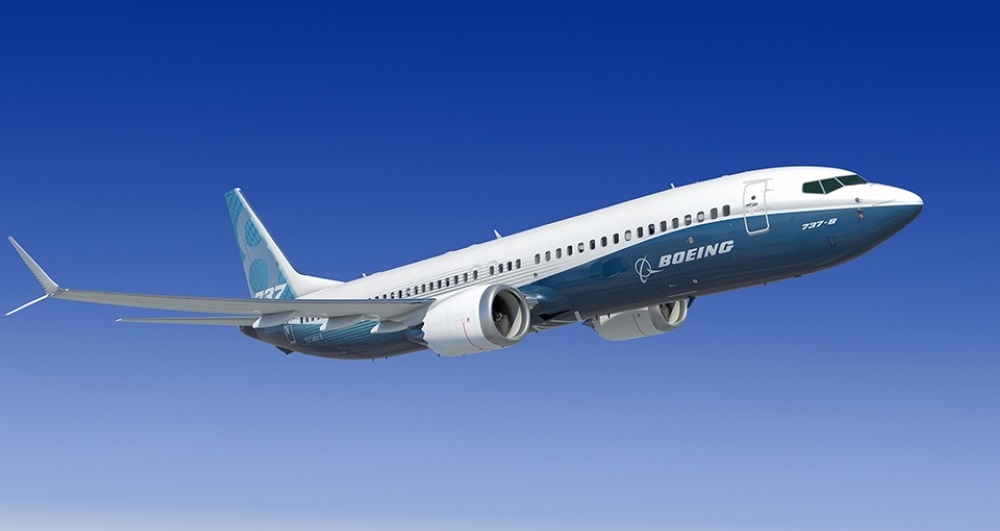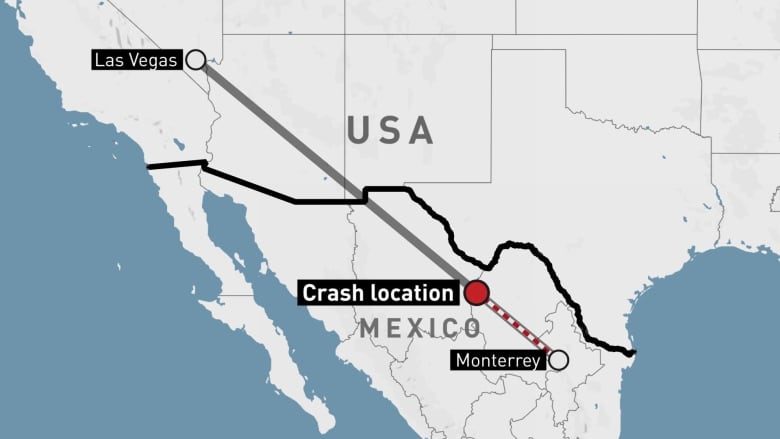ANCHORAGE, Alaska (Reuters) – Searchers found the bodies of the last two Alaska seaplane crash victims on Tuesday evening, after a hunt through the debris and frigid waters following a mid-air collision that left a total of six people dead and 10 injured, officials said.
“The last two people were found. They were found deceased,” said U.S. Coast Guard Chief Petty Officer Matthew Schofield.
The discovery of the bodies closes the search at the scene where the two seaplanes crashed after colliding over the inlet waters near Ketchikan, in southeastern Alaska, Schofield said.
Work at the crash site will now shift to an investigation into what led the two planes, which were ferrying Princess Cruises passengers on sightseeing expeditions, to strike each other and fall into the waters of George Inlet.
A team of 14 National Transportation Safety Board investigators has been sent to the site and divers will start working on Wednesday to pull up the wreckage of the two planes.
The two missing people, an Australian and a Canadian, were among 14 passengers from a Princess Cruises ship who boarded two seaplanes operated by separate tour companies in the town of Ketchikan on Monday, the cruise line said.
A 14-member team from the NTSB began investigating the crash on Tuesday and is unlikely to determine the cause during the week the team will be at the scene, NTSB board member Jennifer Homendy told a news conference.
Ten people survived but were injured in the collision, which took place over open water during daylight, the Coast Guard said. The dead include one of the pilots. The victims were not immediately identified.
Three of the injured were in serious condition and seven in fair condition, Dr Peter Rice, medical director of the PeaceHealth Ketchikan Medical Center, told a separate news conference.
The water temperature off Ketchikan on Tuesday was 48 Fahrenheit, according to the National Weather Service. Expected survival time in 40-50F (4-10C) is one to three hours, according to the United States Search & Rescue Task Force website.
The investigators will be collecting information from the survivors, the Federal Aviation Administration, any other witnesses who might have been in the area, flight logs, training records and other sources, including the wrecked planes, Homendy said.
“We still have to recover the planes and then we have to look at those. It takes some significant work to really understand how the two came together,” she said.
All of the planes’ passengers arrived in Ketchikan on the cruise ship Royal Princess during a seven-day trip between Vancouver, British Columbia, and Anchorage, Alaska, Princess Cruises said.
Ten passengers and a pilot were aboard one float plane, a de Havilland Otter DHC-3, operated by Taquan Air. Four passengers and a pilot were aboard the second float plane, a de Havilland DHC-2 Beaver, run by Mountain Air Service of Ketchikan.
The crash site, at Coon Cove about 300 miles (480 km) south of Juneau, Alaska’s capital, lies near a tourist lodge that runs excursions to the nearby Misty Fjords National Monument.
Ketchikan-based Taquan Air said the plane was returning from a sightseeing tour of Misty Fjords when the crash occurred.
Reporting by Yereth Rosen in Anchorage; additional reporting by Rich McKay in Atlanta and Barbara Goldberg in New York; Editing by Bill Tarrant, Cynthia Osterman and Leslie Adler
